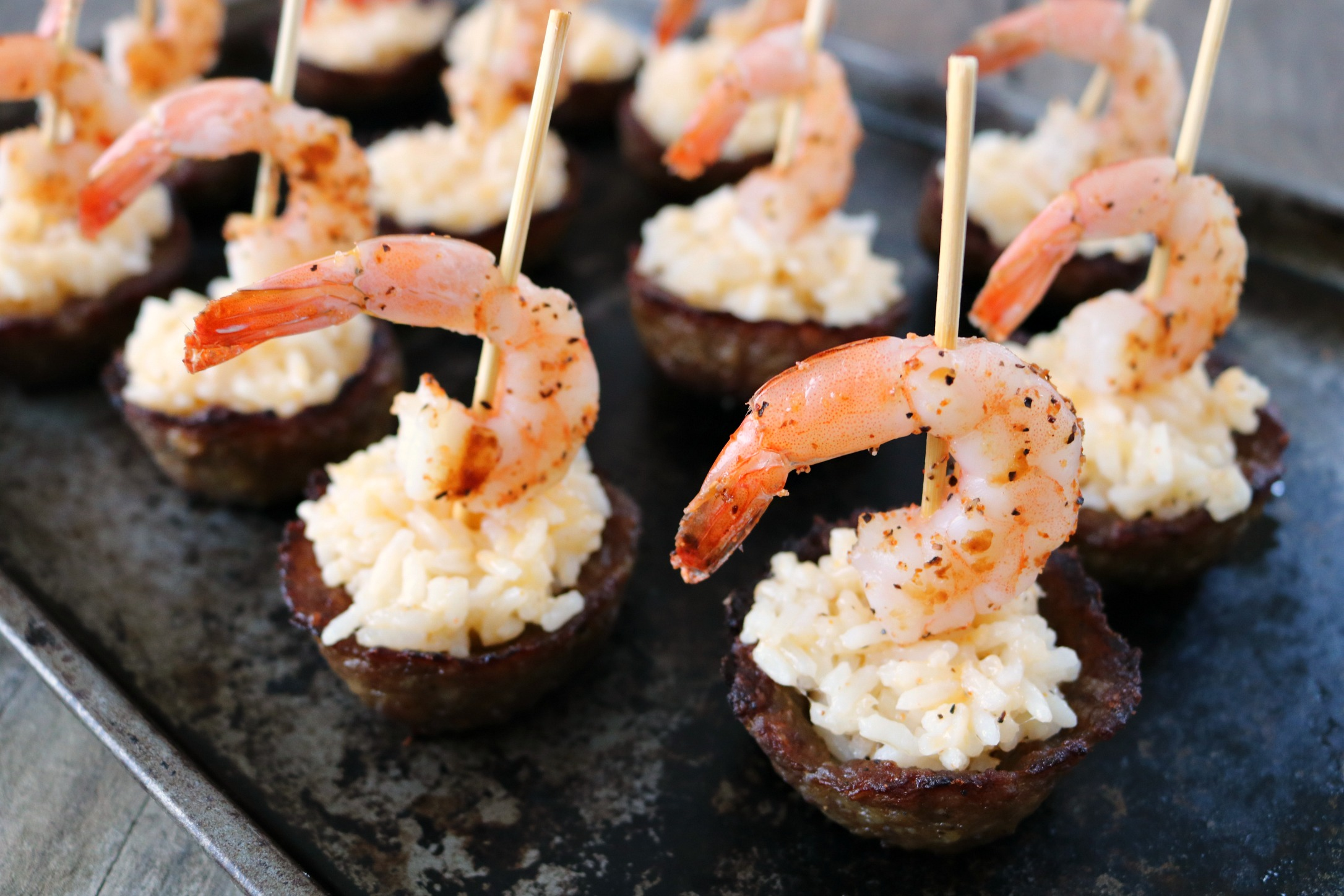The Rise of Bulk Buying: How to Leverage Larger Pack Sizes for Higher Sales
Bulk buying has become a defining trend in grocery retail, driven by shifting consumer preferences, economic considerations, and the rise of pantry-stocking habits. For retailers, larger pack sizes present a significant opportunity to increase basket sizes, enhance customer loyalty, and optimize shelf space. Bulk purchasing continues to grow in the rice category as consumers seek cost savings, meal prep convenience, and versatile staple ingredients. Riceland produces products in various pack sizes ranging from 2 lbs. to 25 lbs. in most retailers but also offers larger pack sizes such as 50 and 100 lb. for club and bulk sales.
By understanding the key drivers behind bulk buying and strategically promoting larger rice pack sizes, retailers can maximize their revenue and meet evolving consumer needs.
Consumer Trends: Why Bulk Buying is on the Rise
The demand for larger pack sizes has increased across various grocery categories, particularly for pantry staples like rice. Several factors contribute to this shift:
Cost Savings in Inflationary Times: With food prices rising, consumers are turning to bulk buying to stretch their grocery budgets. According to the U.S. Bureau of Labor Statistics (2024), the price of groceries has risen by 25% since 2019, prompting shoppers to seek more value-driven purchasing options. Larger pack sizes often offer a lower price per unit, making them an attractive choice for budget-conscious shoppers. Riceland rice averages $0.40 per serving, making it a versatile, nutritious and budget-friendly option.
Pantry Stocking and Meal Prep Trends: The COVID-19 pandemic accelerated pantry-stocking habits, and the trend continues today. A 2023 study by the Food Industry Association (FMI) found that 60% of U.S. households regularly stock up on non-perishable staples like rice, pasta, and canned goods to ensure they have essential ingredients on hand.
Family and Household Size Considerations: Larger households and multi-generational families tend to buy in bulk to accommodate frequent home cooking. According to the U.S. Census Bureau (2023), 18% of Americans live in multi-generational households, a number that has steadily increased in recent years.
Health-Conscious and Dietary Shifts: As more consumers embrace home cooking and plant-based diets, they seek out nutrient-dense pantry staples. Rice is a key ingredient in vegetarian, vegan, and gluten-free diets, driving increased demand for bulk purchasing.
The Benefits of Promoting Larger Pack Sizes in Retail
Retailers that focus on bulk-pack rice sales can unlock several advantages:
Higher Basket Sizes: Customers purchasing larger bags contribute to increased average transaction values. Research by NielsenIQ (2023) indicates that bulk food buyers spend 15-30% more per shopping trip than those purchasing smaller packs.
Loyalty and Repeat Purchases: Consumers who regularly buy bulk staples tend to shop at the same retailers for convenience and trust. A study by the Hartman Group (2023) found that 74% of bulk buyers return to the same store for replenishment.
Efficient Shelf Space Utilization: Bulk-sized rice packs require fewer SKUs while offering high sales volume per unit, optimizing shelf space.
Sustainability Appeal: Larger packs reduce packaging waste, aligning with eco-conscious consumer preferences. The Sustainable Packaging Coalition (2023) found that 68% of consumers prefer buying products with minimal packaging waste. This, paired with Riceland’s award-winning Carbon Ready Program, is an ideal product for the environmental consumer.
Retail Strategies to Boost Bulk Rice Sales
To maximize the potential of bulk rice sales, retailers can implement the following strategies:
Endcap and Pallet Displays: High-traffic store areas, such as endcaps and pallet sections, are ideal for showcasing larger rice packs. Promotional signage highlighting the cost savings per pound can drive impulse purchases.
Cross-Promotions with Meal Staples: Bundle bulk rice with complementary items such as beans, lentils, spices, and proteins to create value-driven meal solutions. Work with your Riceland sales representative to contact our marketing team to talk to you more about cross-promotional strategies we can assist with.
Loyalty Discounts & Bulk Incentives: Offer price breaks for bulk purchases, in-store loyalty rewards, or digital coupons for customers who buy large packs.
Educational Signage & Recipes: Provide in-store and online content that highlights the benefits of bulk rice, including meal prep ideas, long-term storage tips, and family-sized recipes. Our team is eager to help provide you with recipes to share, blog post collaboration, and more strategies.
Seasonal Bulk Promotions: Tie bulk rice promotions to key shopping periods, such as back-to-school meal prep season, holiday cooking, or emergency preparedness campaigns.
Bulk Purchasing Demands are Here for the Long Haul
As inflation and economic uncertainty continue to influence grocery shopping habits, bulk buying remains a strong and growing trend. For retailers, offering and promoting larger pack sizes of rice is a smart strategy to drive higher sales, build customer loyalty, and cater to evolving consumer needs.
By implementing effective merchandising, pricing, and promotional tactics, retailers can position bulk-pack rice as an essential, cost-effective pantry staple that meets the needs of families, meal preppers, and budget-conscious shoppers alike.
Sources
• U.S. Bureau of Labor Statistics. (2024). "Consumer Price Index Report." [BLS.gov](https://www.bls.gov)
• Food Industry Association (FMI). (2023). "Pantry Stocking Trends in the U.S." [FMI.org](https://www.fmi.org)
• U.S. Census Bureau. (2023). "Household and Family Statistics." [Census.gov](https://www.census.gov)
• NielsenIQ. (2023). "Consumer Spending and Bulk Purchasing Trends." [NielsenIQ.com](https://www.nielseniq.com)
• Hartman Group. (2023). "Consumer Loyalty in Grocery Shopping." [Hartman-Group.com](https://www.hartman-group.com)
• Sustainable Packaging Coalition. (2023). "Consumer Attitudes Toward Sustainable Packaging." [SPC.org](https://www.sustainablepackaging.org)






